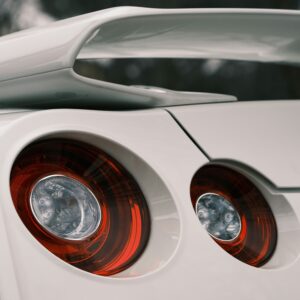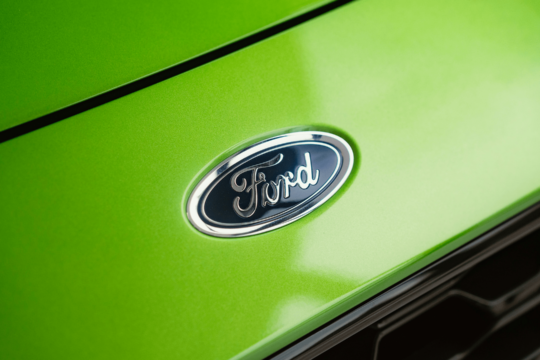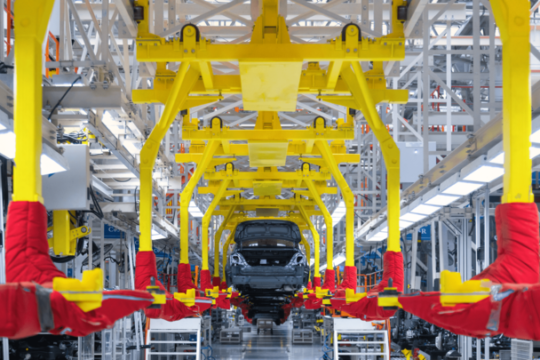From Curiosity to Credo
Driveways in the 1970s weren’t exactly used to Japanese machines. Car buyers on several continents once laughed out lightweight imports as flimsy and disposable, reserving their love for Detroit or Stuttgart badges. Over time that opinion flipped: Toyota, Honda, Lexus and Mazda now headline global reliability charts, their resale values envied by many European brands.
Anatomy of the Japanese Upset
Japan rose on obsessive quality control, lean manufacturing, tight supply chains and relentless customer‑care metrics. Warranty claims plummeted, JD Power trophies multiplied, and by the 1990s the phrase “Made in Japan” carried the authority once enjoyed by “Made in Germany.”
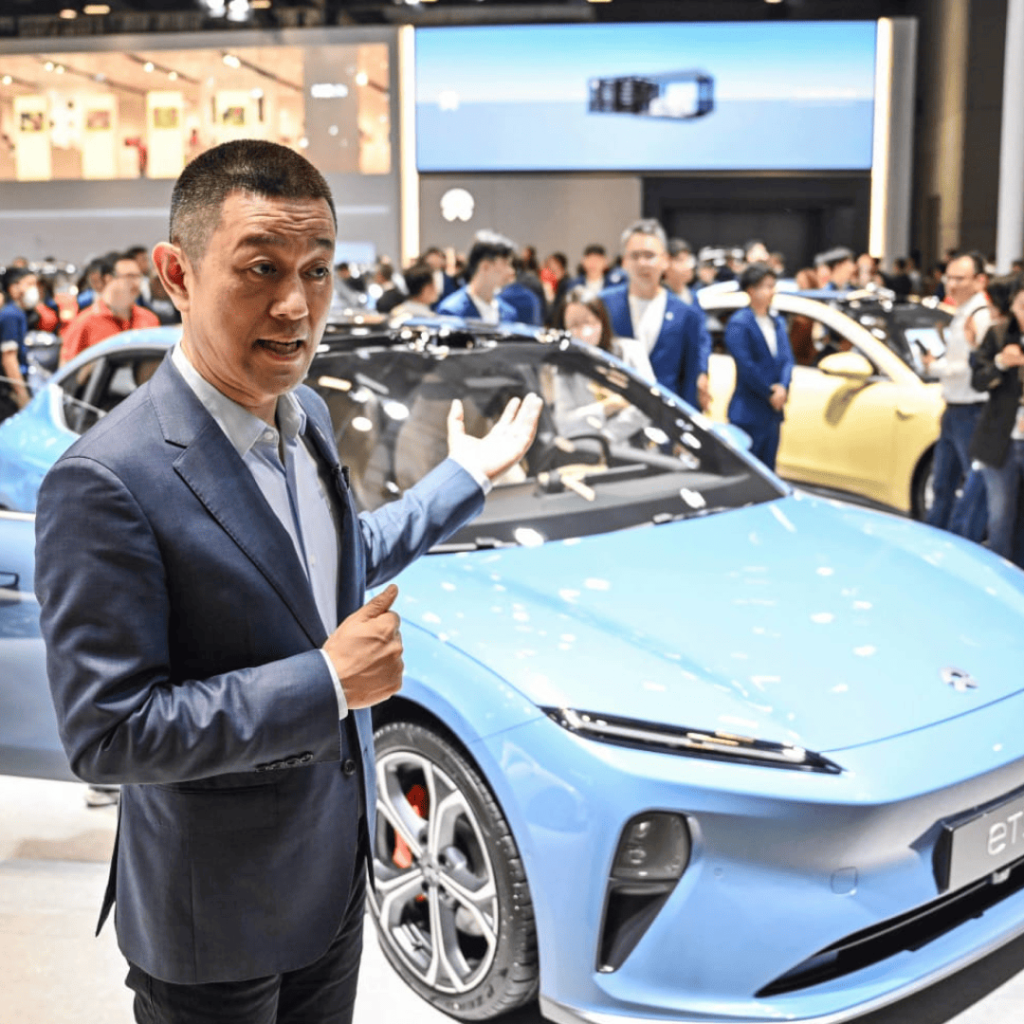
The New Contender from the East
Chinese carmakers occupy a similar space. Brands such as BYD, Geely, NIO and XPeng fight an age-old view of low quality, yet domestic demand, large‑scale state support and aggressive technology investments have accelerated progress. BYD closed 2024 as the world’s top seller of battery‑electric vehicles, edging past Tesla with 4.27 million deliveries.
Geely’s 2010 purchase of Volvo secured instant access to global engineering know-how and premium‑brand credibility.
NIO operates more than 3,200 battery‑swap stations in China, showing their commitment to infrastructure still missing in several established markets.
China also became the world’s largest car exporter in 2024, shipping nearly five million vehicles and overtaking Japan.
India’s Marathon Approach
India counts Tata Motors, Mahindra & Mahindra and Maruti Suzuki among its domestic champions. Local products excel at durability and affordability, yet investment scale and government incentives remain more measured. While India refines output for diverse road conditions, China uses giga‑factories, vertical battery supply chains and aggressive overseas acquisitions. This comparison illustrates incremental evolution versus rapid disruption.
Gulf Showrooms as Litmus Test
Only a decade ago, Chinese brands reached Middle Eastern buyers through grey‑market “sand‑lot” imports. Today, purpose‑built 3S dealerships showcase polished corporate identities, backed by OEM warranties and parts pipelines. Regional banks now finance these vehicles on five‑year terms, signalling confidence in residual values once viewed as risky. This transformation mirrors Japan’s journey in the 1980s, when lenders finally granted parity with American and European brands.
A Parallel from the Workshop
Taiwan’s rise in professional‑grade tools offers something important. Once criticised for imitating European spanners, Taiwanese manufacturers now produce torque wrenches and precision sockets that many German and US brands quietly re‑label. Quality proves portable when investment comes together with discipline.
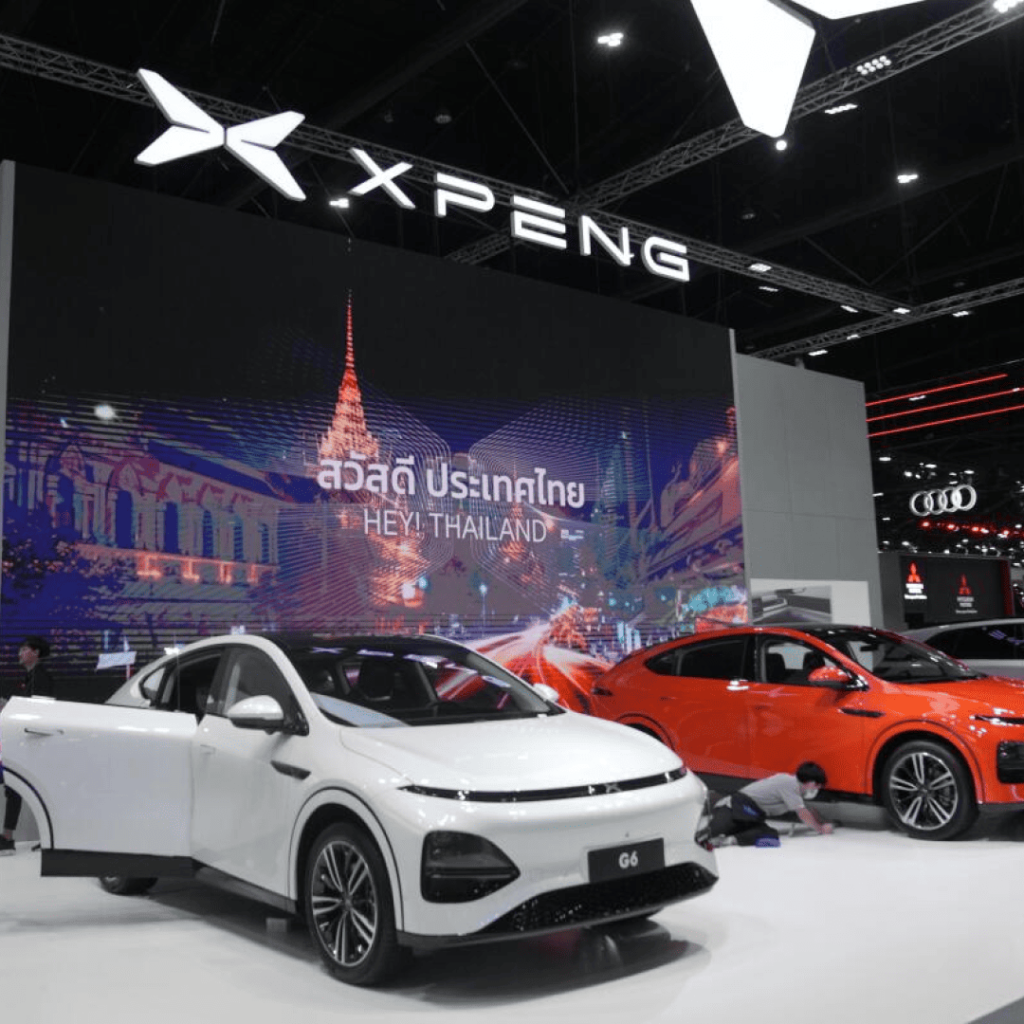
Road Map to Global Trust
Chinese brands must still clear several checkpoints to cement credibility:
- Long‑term durability → Taxi fleets and high‑mileage ride‑hailing services will reveal true reliability curves.
- Parts logistics → Fast, affordable components keep downtime low and bolster resale prices.
- Design authenticity → Original styling earns emotional equity faster than derivatives of European silhouettes.
- User‑focused technology → Battery‑swap ecosystems and over‑the‑air updates need real‑world ubiquity, not press‑release promises.
Reputation Is a Moving Target
Automotive history shows that prejudice pales beside performance. Japanese brands cleared doubt by building better cars for longer, year after year. The same story seems to now wait for China. If engineering keeps pace with ambition, future enthusiasts may recall the current scepticism with the same amusement now reserved for the “tin toy” slur of the 1970s. On the world’s longest straight, momentum appears firmly on Beijing’s side; the chequered flag, however, will be waved by global consumers who value consistent excellence above birthplace.



